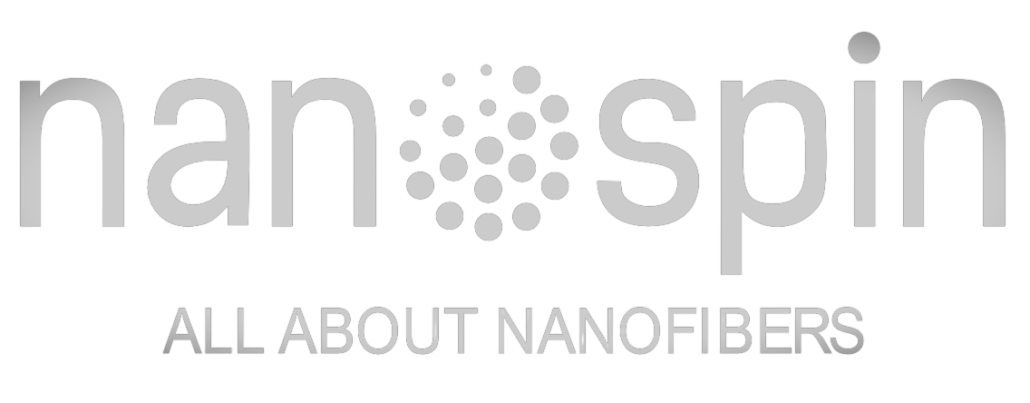Influence of Collector Speed on Parallel Nanofiber Arrangement in Electrospinning
Abstract
Electrospinning is a versatile technique for fabricating nanofibrous materials with tunable structures. Fiber alignment, a critical parameter for applications such as tissue engineering, sensors, and filtration, can be effectively controlled by the speed of the electrospinning collector.
In this study, we investigated the influence of collector rotation speed on the arrangement of nanofibers, with particular focus on parallel alignment. Scanning electron microscopy (SEM) was employed to evaluate fiber morphology and orientation. The results reveal that increasing collector speed significantly enhances fiber alignment, leading to uniform parallel structures at optimal speeds, while excessive speeds may cause fiber breakage or instability.
1. Introduction
Electrospinning enables the production of nanofibers with diameters ranging from tens of nanometers to several micrometers. The orientation of nanofibers plays a crucial role in defining their mechanical, electrical, and biological properties. Randomly oriented fibers are suitable for filtration and scaffolding, whereas highly aligned fibers are required for applications such as nerve regeneration and anisotropic composites.
One effective method to achieve alignment is by increasing the rotation speed of a cylindrical drum or mandrel collector. At low speeds, fibers deposit in random orientations. As the speed increases, the tangential force aligns the fibers in parallel to the rotation axis. This study systematically examines the correlation between collector speed and nanofiber alignment using SEM analysis.
2. Materials and Methods
Materials: A polymer solution of polyvinyl alcohol (PVA, 10 wt% in water) was prepared as the electrospinning precursor.
Electrospinning Setup: Electrospinning was carried out using a NanoSpin 10 (Single-Pump Electrospinning Machine) equipped with a negatively charged cylinder collector. The needle-to-collector distance was fixed at 15 cm. A positive high-voltage power supply of +15 kV was applied to the needle, while a negative high-voltage power supply of –15 kV was connected to the collector.
Collector: A stainless-steel cylindrical collector with adjustable rotation speed in the range of 300–3000 rpm was employed.
Characterization: The collected nanofiber samples were examined by scanning electron microscopy (SEM). Fiber orientation distribution was analyzed using ImageJ software with the OrientationJ plugin.
3. Results and Discussion
3.1 Effect of Low Collector Speed (500–1000 rpm)
Fibers deposited in random orientations with no significant alignment. SEM revealed overlapping structures and broad orientation distribution.
3.2 Effect of Intermediate Collector Speed (1000–2000 rpm)
Fibers showed a significant degree of alignment. SEM images indicated parallel arrangements along the rotation axis, with reduced fiber crossover. Orientation analysis confirmed narrower angular distribution.
3.3 Effect of High Collector Speed (2000–3000 rpm)
Highly aligned fibers were observed, though some fiber thinning and breakage occurred due to strong tensile forces. Alignment was near-parallel, but mechanical stress introduced local defects
SEM micrographs of nanofibers collected at (a) 500 rpm (random), (b) 2000 rpm (aligned), and (c) 3000 rpm (highly aligned, some broken).
3.4 Correlation between Speed and Alignment
Orientation analysis demonstrated a clear narrowing of angular distribution with increasing collector speed. However, there exists an optimum range (2000–3000 rpm), beyond which fiber quality decreases.
4. Conclusion
Collector rotation speed is a key factor in determining nanofiber arrangement during electrospinning. Increasing speed transitions fiber deposition from random to highly aligned structures, with optimal alignment at intermediate-to-high speeds. Excessively high speeds, however, may lead to fiber thinning, breakage, or instability. These findings highlight the importance of tuning collector parameters for application-specific nanofiber fabrication.


Leave a Reply
Want to join the discussion?Feel free to contribute!